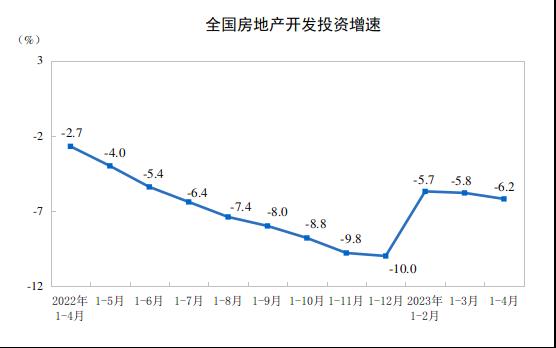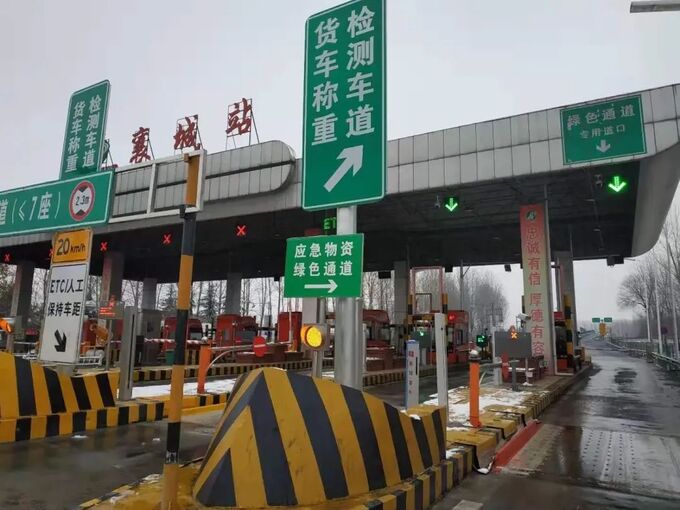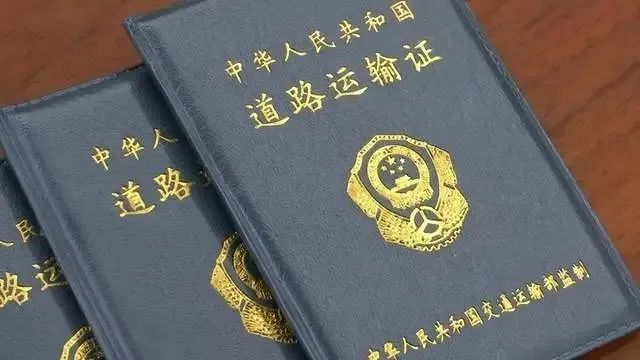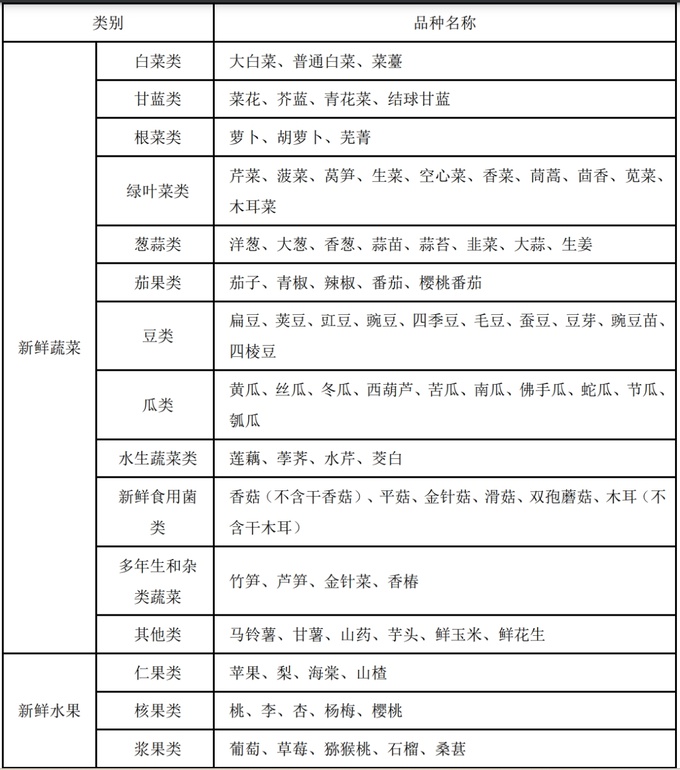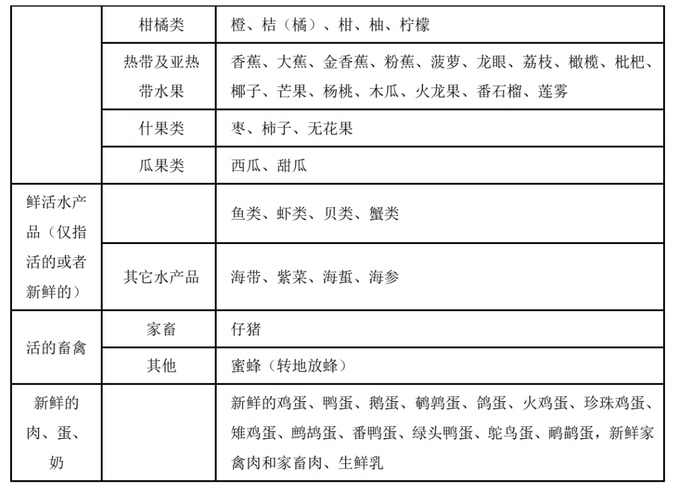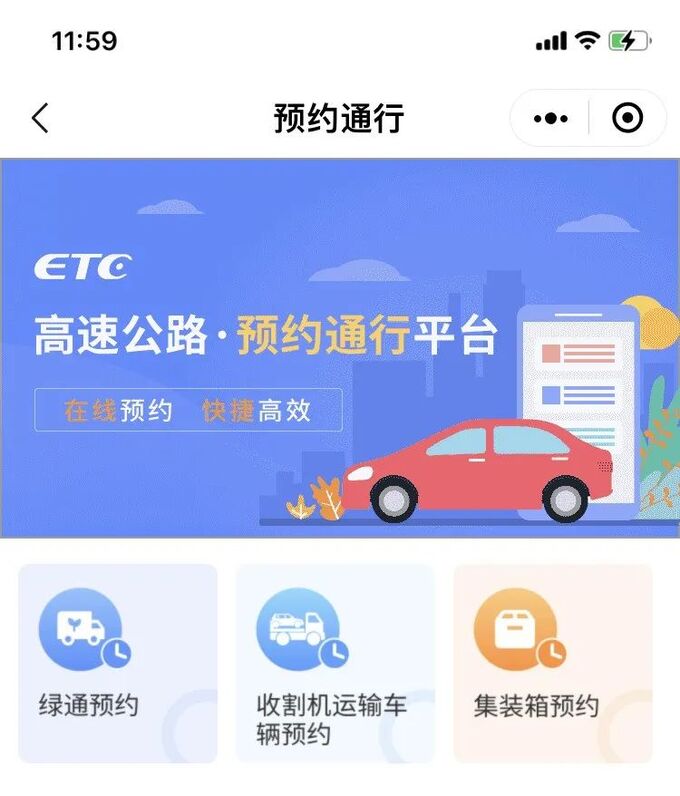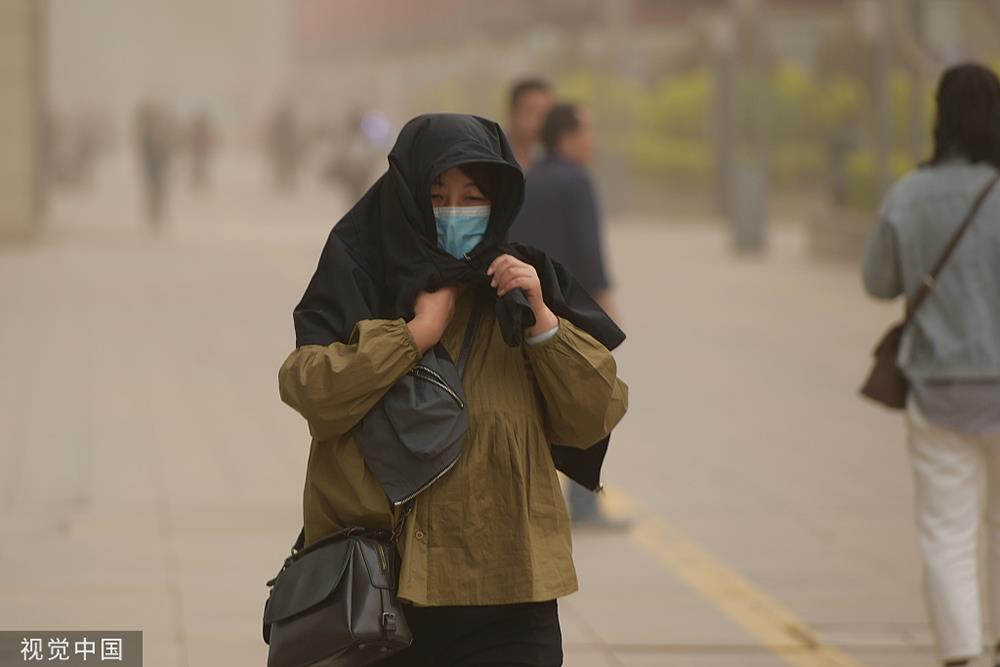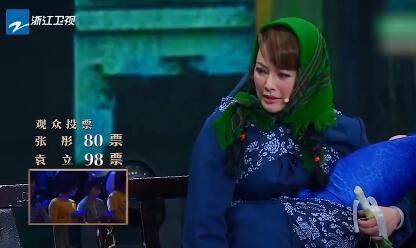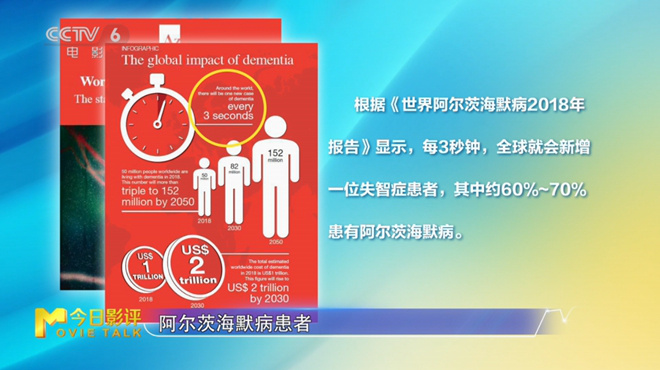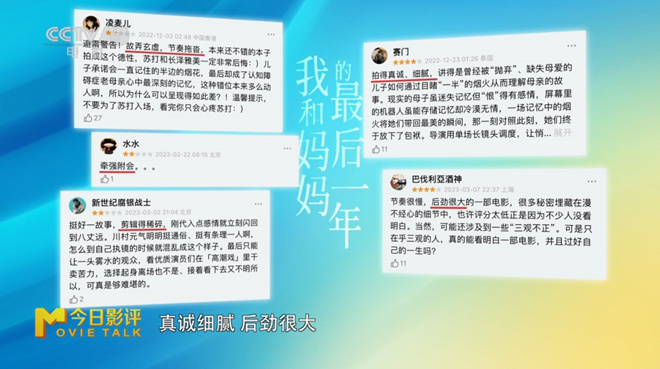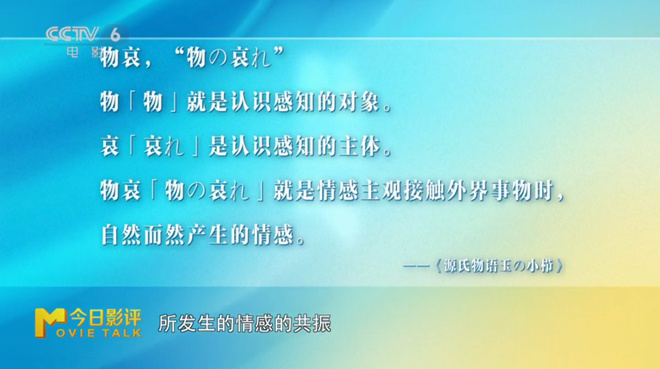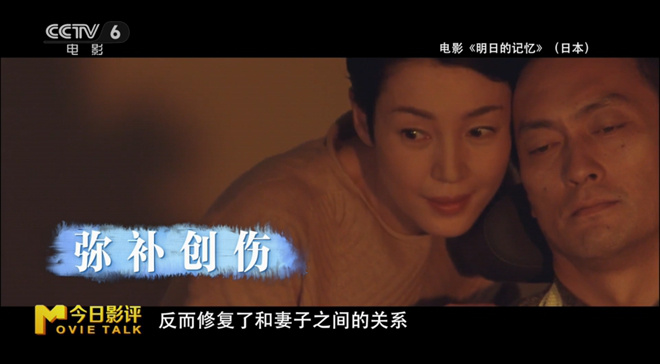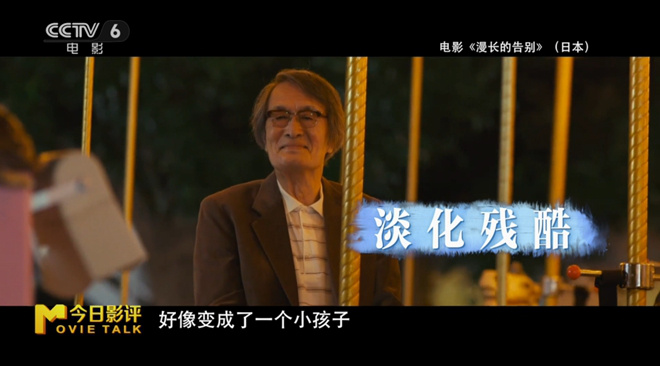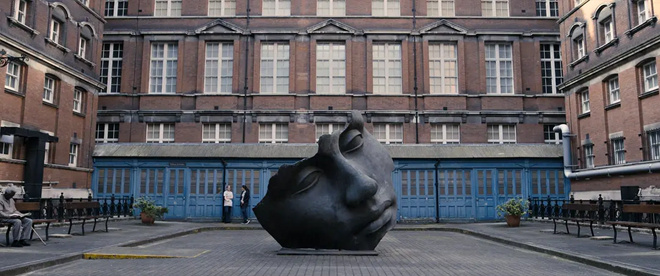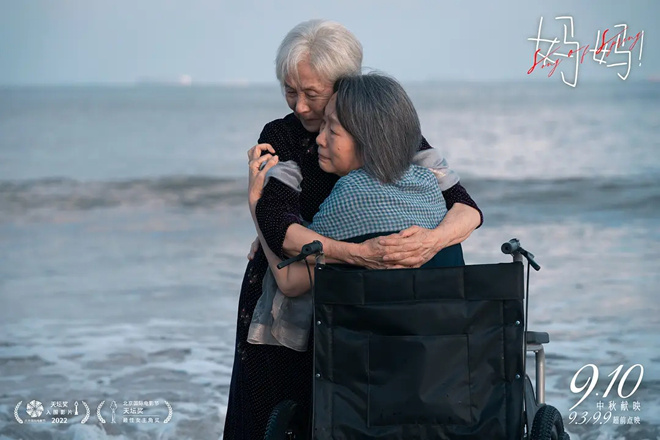The movie channel broadcast on the green spring-day that starts me home at 18: 20 on March 14th.

1905 movie network news Youth, what a beautiful word! It is the most wonderful, gorgeous and difficult chapter in a person’s life. We celebrate our youth because it has given us too much.
In 2022, General Secretary of the Supreme Leader once said at the celebration of the centenary of the founding of the Communist Youth League of China: "Struggle is the brightest background of youth, and action is the most effective tempering of youth. With responsibility and responsibility, youth will shine. "
The youth inspirational film premiered for you by the movie channel on March 14th tells the story of a group of young people who have the responsibility and responsibility to go back to their hometowns to start their own businesses.

Poster of the movie on the green spring-day that starts me home.
On the green spring-day that starts me home is directed by, starring,,, and.
 Stills from the movie on the green spring-day that starts me home.
Stills from the movie on the green spring-day that starts me home.
Based on the background of "decisive battle to get rid of poverty and build a well-off society in an all-round way", the film tells the story of Tsinghua University master graduate Guan Songjiang (Ye Zuxin) and his girlfriend Zhao Mengmeng (Jiang Mengjie), who lead the villagers to get rid of poverty and build a better and happier life in Taoxi County, their hometown.

The film shows the youth, passion, blood and love of contemporary young entrepreneurs who return home.
 Stills from the movie on the green spring-day that starts me home.
Stills from the movie on the green spring-day that starts me home.
This realistic film, which tells the story of the strugglers in the historical great cause of leading the people out of poverty and building a well-off society in an all-round way, has brought many people surprises and touches, as well as full of courage and strength since its release.

From the beginning of the project, the writers took the portrayal of a man running in a beautiful era as the "root" of the film on the green spring-day that starts me home.

Released in 1959, it shows a group of young people who are full of vigor and vitality, writing a new life hymn with their labor and love. After the film was released nationwide, it aroused strong repercussions, and "the young people in our village" became an example for countless young people at that time.
 Stills of the movie Young People in Our Village
Stills of the movie Young People in Our Village
The most representative work in this new China film, which reflects rural life, combines the boiling life in socialist rural areas with the youthful spirit and optimistic life interest of young people, and truly and fully shows the prosperous times in rural areas.

Sixty-two years later, on the green spring-day that starts me home pays tribute to the optimism and the features of the times in the classic film Young People in Our Village, and reflects the determination and belief of young people who do not change with the times to build their hometown.

La Peikang, vice chairman of the Chinese Film Association, once said at the expert seminar of the film: This film is rich in connotation, which is both a rural theme and a poverty alleviation theme, as well as a "double innovation" theme and a youth theme.

The film has the characteristics of the times and the elements of fashion, which depicts a picture of rural China for the audience, and depicts a beautiful picture of farmers in China responding to the party’s call and rolling up their sleeves to work hard.

Beautiful times are created by people full of youth and blood. "on the green spring-day that starts me home" gathered a large number of artists of all ages to join.

Stills from the movie on the green spring-day that starts me home.
Ye Zuxin, who plays Guan Songjiang in the film, became popular with the costume love TV series treading on thin ice.

Stills of TV series treading on thin ice
In an interview, Ye Zuxin said: Being in the film "on the green spring-day that starts me home" can make me feel the sense of responsibility of our young people more. What should we do? What are our values and world outlook? When we go out and return from school, how can we return to our hometown and repay our hometown?

Jiang Mengjie, who played the role of Lin Daiyu in the 2010 TV series A Dream of Red Mansions, played Zhao Mengmeng in on the green spring-day that starts me home, which was the first time that she appeared in a film and television work reflecting the realistic theme of poverty alleviation.

Stills of TV series A Dream of Red Mansions (2010)
Jiang Mengjie said: "on the green spring-day that starts me home" is a youth inspirational film that reflects the times. In such blood, struggle, passion and joy, youth is the easiest to show.

This week, in addition to on the green spring-day that starts me home, there are several excellent films that show young people’s blood in their respective fields.

At 18:20 on March 14th, meet the movie channel, feel the excitement of the new era in on the green spring-day that starts me home, and experience the youth, blood, passion and struggle of ordinary people in the big era.
